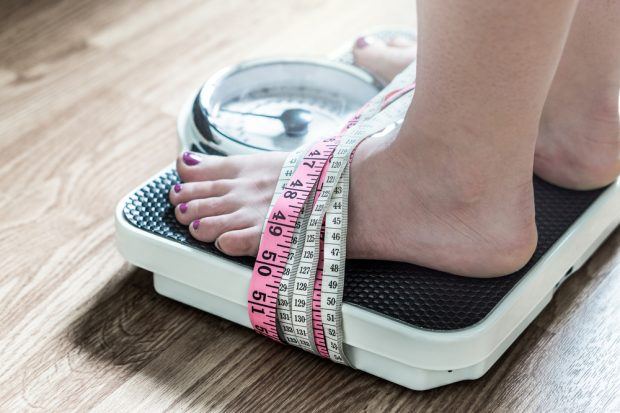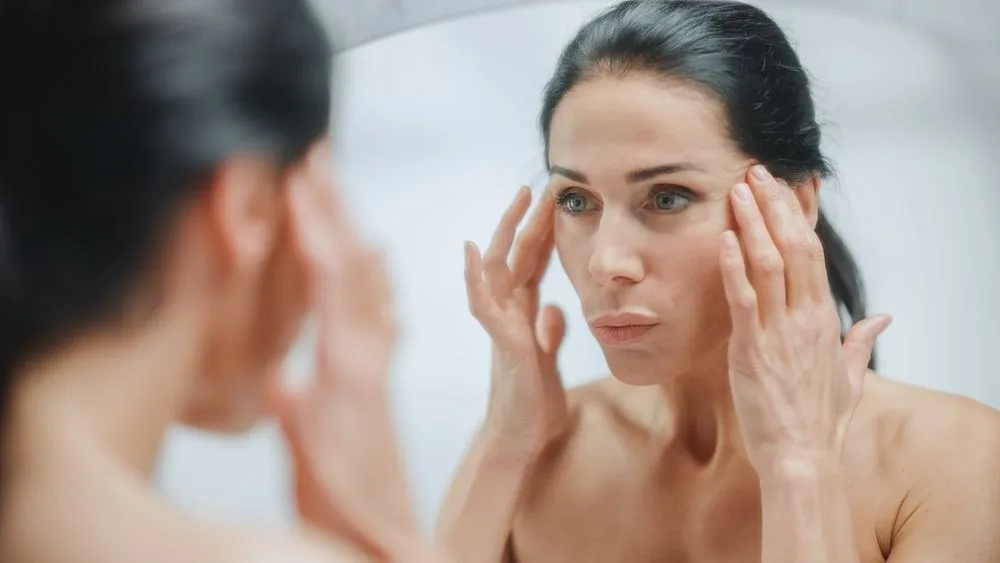In recent months, the diabetes drug Ozempic has become a weight loss elixir. The medication works by managing blood glucose levels in people with diabetes. Yet its effect on appetite and satiety has piqued the interest of people looking to shed some pounds.
While people are raving about how the drug made them lose weight, there are a few downsides. Ozempic might be dropping the numbers on your scale, but it could also be adding the years to your face, causing “Ozempic face.”
What is “Ozempic Face”?
The term came from New York-based dermatologist Dr. Paul Jarrod Frank. Speaking to The New York Times, Dr. Frank shared that he came up with this after noticing the epidermal effects of the diabetes drug.
“A 50-year-old patient will come in, and suddenly, she’s super-skinny and needs filler, which she never needed before. I look at her and say: ‘How long have you been on Ozempic?’ And I’m right 100 percent of the time,” he says.
How Does Weight Loss Change the Skin?
Losing weight can stretch the skin, and the loss of fat may also weaken the elasticity of the skin. This can then cause an aged appearance.
“When it comes to facial aging, fat is typically more friend than foe,” explained plastic surgeon Dr. Oren Tepper to the New York Times. He quips that weight loss may turn back your biological age, but it tends to turn your facial clock forward.
St. Louis-based plastic surgeon Michele Koo, MD, echoes these sentiments. She adds that losing a significant amount of weight in a short period of time can drain the skin and body of its essential nutrients. This then disrupts the skin’s ecosystem and leads to an aged appearance,
“The skin thins, [and] loses its elasticity and luster from sudden and rapid depletion of the essential fatty acids that make up the skin barrier function,” she explained to Everyday Health.
She adds that collagen and elastin metabolism are also disrupted, resulting further in sallow, dull, thin skin.
Reversing Ozempic Face
If you’re concerned about your skin’s appearance post-weight loss, then you can improve it by drinking more water, prioritizing sun protection, and following a healthy diet.
Yet, if you’re more concerned about the loss of volume, then you may need to visit an aesthetic doctor.
There are a few treatments available that can help restore lost volume to your face:
1. Injectables and fillers
Fillers are the go-to method when it comes to restoring volume to your face.
“Refilling and optimizing the mid-face area with dermal fillers is the cornerstone of optimal aging,” explains Dr. Melanie Lambrechts, an Aesthetic Practitioner based in Parkmore, Johannesburg. She adds that the fillers lift and maintain the face in a youthful position.
Whether your doctor is using Restylane, Juvederm, or Sculptra to restore volume to your face, fillers are a long-lasting and effective fix for facial volume loss.
2. Facelift
For those in their 40s and above dealing with Ozempic face, fillers may not be enough to restore volume loss. If that’s the case, then can they try opting for a facelift?
“A youthful face is a face with beautiful, soft curves, created by perfectly placed volume and radiant skin” explains Dr. Nerina Wilkinson, a plastic surgeon with over 20 years of clinical experience. Dr. Wilkinson adds that to achieve a rejuvenating effect, one must correct both volume and skin quality, which can be done via a particular facelift,
“The Stemcell4DLift is a scarless facelift that uses a combination of stem cell technology and fractionated CO2 laser to naturally rejuvenate the face.”
3. Radiofrequency
“On its own, microneedling provokes a healing response that stimulates collagen regeneration. By adding radiofrequency energy to the skin, the device prompts tissue remodeling, which includes skin thickening and tightening,” says Dr. Farheen Ghoor, a general practitioner specializing in Aesthetic Medicine.

Radiofrequency also targets skin texture, improving its appearance and leaving it rejuvenated.
4. Ulthera
Another ultrasound therapy, ulthera works by stimulating the production of collagen.
Dr. Anushka Reddy, a GP with a special interest in cosmetic dermatology and advanced aesthetics, explains that the device helps to lift and tighten the skin by stimulating collagen regeneration.
“It’s a great non-surgical option, especially for people looking for a non-surgical, yet effective treatment,” she says.
5. Fat transfer
Also known as facial fat grafting, this is a surgical procedure whereby fat is removed from an area of the body, harvested, and then re-injected into the facial area.
Conclusion
Ozempic is a diabetes drug, and it is not registered as a weight loss drug by the FDA. Now, while we can’t tell you what to do with your body, it would be preferable that you find alternative and healthier methods to lose weight.
Rapid weight loss does sound appealing, but it’s not sustainable, and can also cause your skin to look aged beyond its actual years.
If you really want to lose weight, then here are a few ways to kick-start the journey:
- Manage screen time
- Improve your sleep habits
- Snack on fruits and vegetables
- Manage stress levels
- Drink more water
- Meditate
- Join a morning walking group



![women [longevity live]](https://longevitylive.com/wp-content/uploads/2020/01/photo-of-women-walking-down-the-street-1116984-100x100.jpg)










